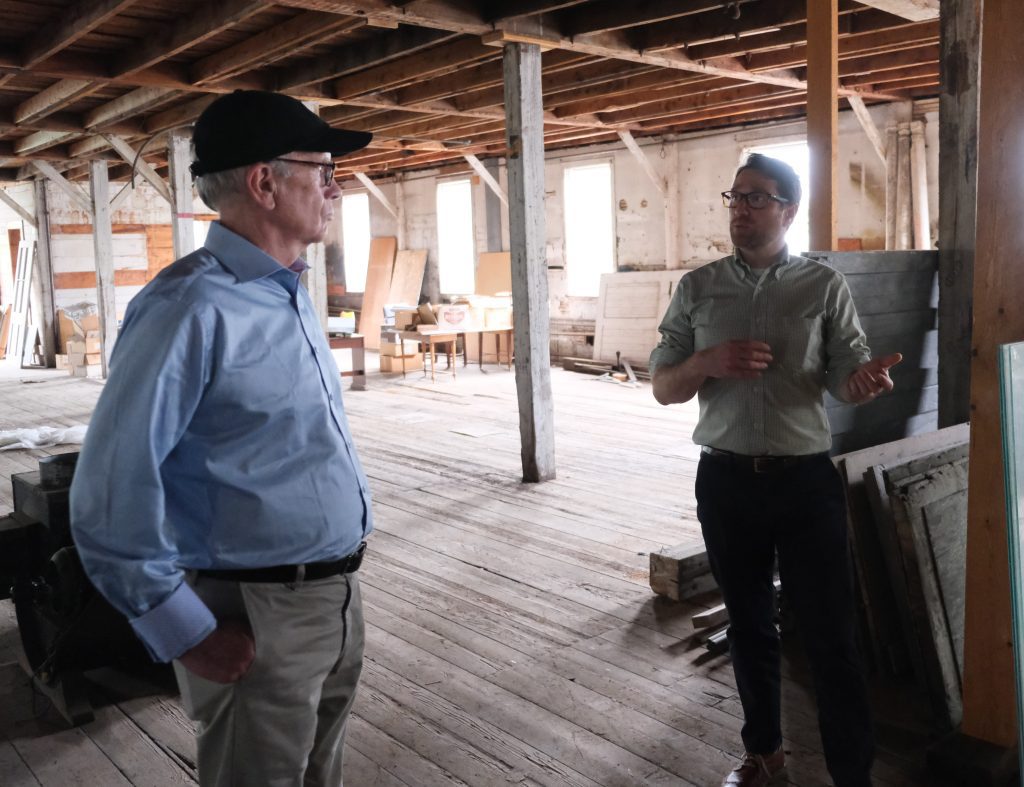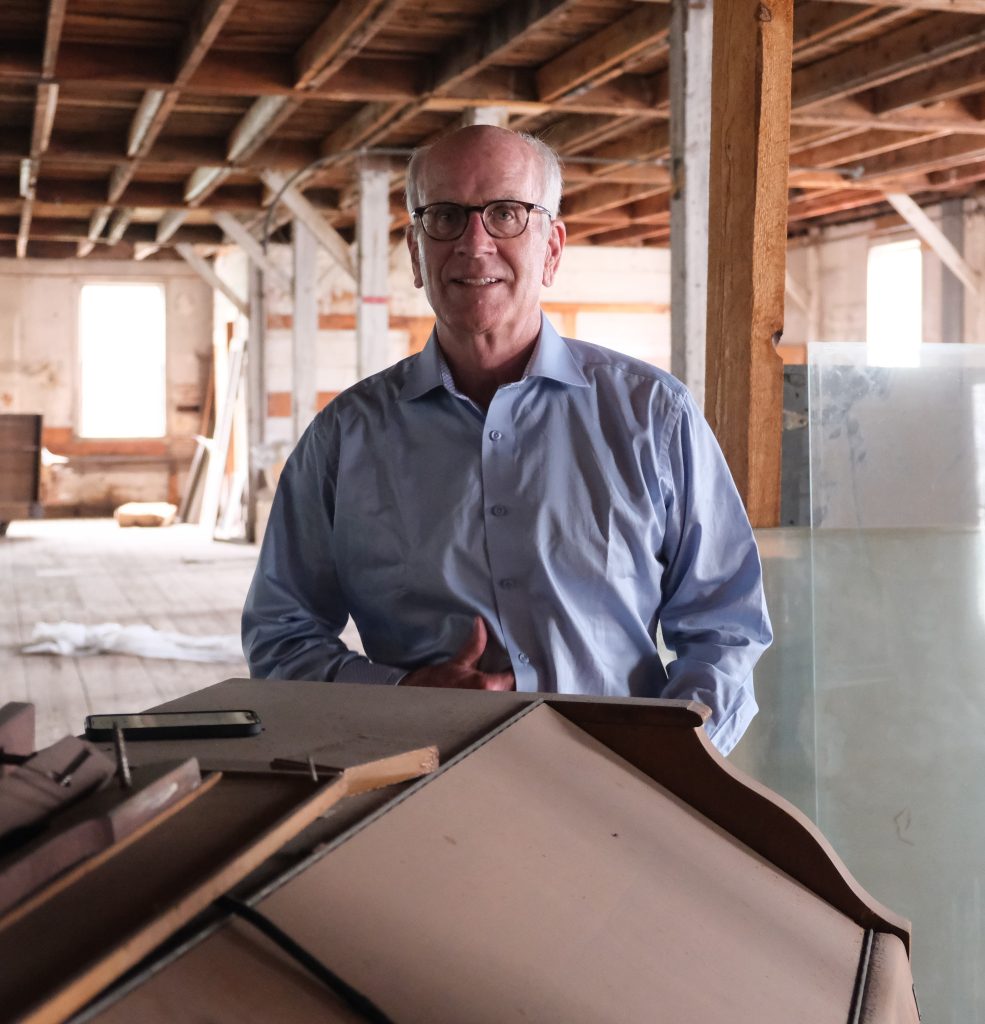BRATTLEBORO, VT – Friday, Senator Peter Welch (D-Vt.), Chair of the Senate Agriculture Committee’s Subcommittee on Rural Development and Energy, toured the Estey Organ Complex to discuss an ongoing multi-phase revitalization project to renovate the historic building and create affordable housing. Sen. Welch nominated the project for federal funding through the FY25 Congressionally Directed Spending (CDS) process.
“Vermont’s severe housing shortage and affordable housing crisis have left thousands of Vermonters without a safe place to call home. Solving the affordable housing crisis requires innovative solutions like the Estey Organ Complex renovation project. This project is truly a win-win: creating affordable and accessible housing for its residents and restoring a historic building so crucial to Brattleboro’s history. Job creation is also at the cornerstone of this project from beginning to end, creating a variety of high-quality jobs during construction and permanent property management positions once renovations are complete,” said Senator Welch. “I’m excited to watch this project progress and will continue to support efforts that address the housing crisis in Vermont and across the country.”
The revitalization project will remediate all brownfield and contamination issues related to historic uses of the building, bring the new building up to code and install rooftop solar panels, and create 28 new affordable housing units. The apartments will leverage the Low-Income Housing Tax Credit program and will help provide housing to Brattleboro’s growing refugee population.
View photos from the event below:


Listed on the U.S. National Register of Historic Places, the Estey Organ Complex in Brattleboro, Vermont holds national significance for its role in the production of U.S.-made reed, pipe, and pump organs and its unique architectural character. The building dates back to the late 19th century and is located in an area designated by the U.S. Housing and Urban Development (HUD) as underserved.
###
